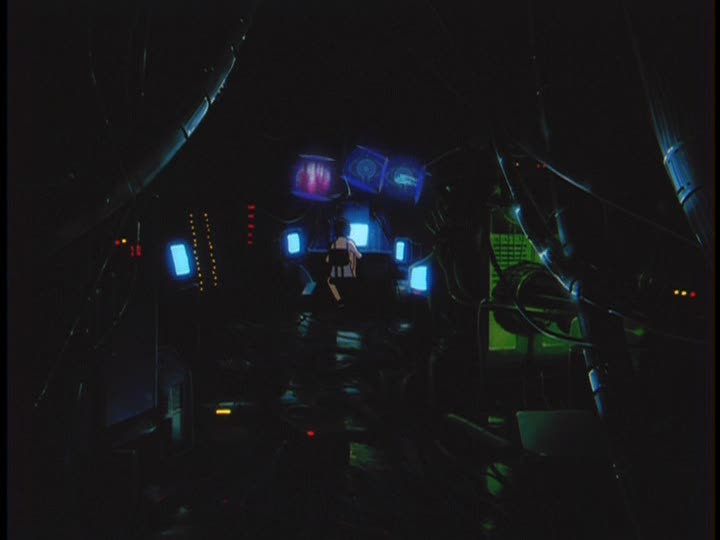-
Posts
2,461 -
Joined
-
Last visited
-
Days Won
219
efaardvark's Achievements
Single Status Update
-
How many planets are there in the solar system? 8, right? Used to be 9, but Pluto got demoted to "dwarf".
Ok, so if you add Pluto and all the other "dwarf" planets back - Ceres, Eris, Makemake, Orcus, Salacia, Haumea, etc - how many known planets are there in our solar system? A couple dozen? A hundred? A couple hundred? There's an astronomer at CalTech who's been looking into the matter & he's been keeping a "little" list...http://web.gps.caltech.edu/~mbrown/dps.html#table
For what it's worth, a (dwarf) planet only 470km in diameter has a surface area the size of the (US) state of Texas. Something the size of the entire country of Japan would be about 350km in diameter.
That's a lot of real estate.
And that's just what we know about.
-

-

The text just above the table defines how the terms are applied. The problem is that it is REALLY hard to even see these things, never mind determine their size. There is so little light that even Hubble has trouble seeing them. Basically you have to be looking at a star and notice that it disappears for a while. That tells you that /something/ was there, and gives you a lower limit on the size. (If you know approximately how far away it is then that gives you a read on the speed that it is travelling in orbit around the sun. Based on that speed and the duration of the occultation you can determine that it has to be a certain size or larger.) To be a "dwarf" planet, it has to be round. Unfortunately, the composition determines how big a body can be before it becomes round. How do you determine the composition of a particular body when you can't go there and can't even SEE it properly? How do you know the size when the occultation time might be through the thickest part of an irregular object or might barely nick the edge of a larger round body? Some of these things, like Haumea (spins so fast it is oblong, has two moons and a ring orbiting it), are really strange and hard to get a handle on.
You can figure things based on what you know, and you can put limits on what might be, what can't be, etc., but the error bars are pretty large.
QuoteHow many dwarf planets are there? Ceres is the only asteroid that is known to be round. After that it gets complicated. All of the rest of the new dwarf planets are in the distant region of the Kuiper belt, where we can't actually see them well enough to know for sure if they are round or not.
While we can't see most of the objects in the Kuiper belt well enough to determine whether they are round or not, we can estimate how big an object has to be before it becomes round and therefore how many objects in the Kuiper belt are likely round. In the asteroid belt Ceres, with a diameter of 900 km, is the only object large enough to be round, so somewhere around 900 km is a good cutoff for rocky bodies like asteroids. Most Kuiper belt objects have a lot of ice in their interiors, though. Ice is not as hard as rock, so it less easily withstands the force of gravity, and it takes less force to make an ice ball round. The best estimate for how big an icy body needs to be to become round comes from looking at icy satellites of the giant planets. The smallest body that is generally round is Saturn's satellite Mimas, which has a diameter of about 400 km. Several satellites which have diameters around 200 km are not round. So somewhere between 200 and 400 km an icy body becomes round. Objects with more ice will become round at smaller sizes while those with less rock might be bigger. We will take 400 km as a reasonable lower limit and assume that anything larger than 400 km in the Kuiper belt is round, and thus a dwarf planet.
How many objects do we know in the Kuiper belt that are 400 km or larger? That question is harder to answer, because we don't actually know how big most of the objects in the Kuiper belt are. While we can see how bright there are, we don't know if they are bright because they are larger or are highly reflective. In the past, we had to just throw our hands up in the air and say we don't know enough to even make reasonable guesses. But in the past few years, systematic measurements of the sizes of objects from the Spitzer Space Telescope and now the Herschel Space Telescope have taught us enought that we can make some reasonable estimates of how reflective objects are. (It's complicated: read the details here ) These reasonable estimates, combined with all available actually measurements, give us the list of the largest Kuiper belt objects, sorted by diameter, below. Carefully note the lack of any error bars. Every single measurement or estimate below is uncertain to some extent or another. I don't include the individual uncertainties in the table, but instead use the ensemble uncertainties to inform classification below. In other words: take the sizes of specific objects with bigger or smaller grains of salt.
-













